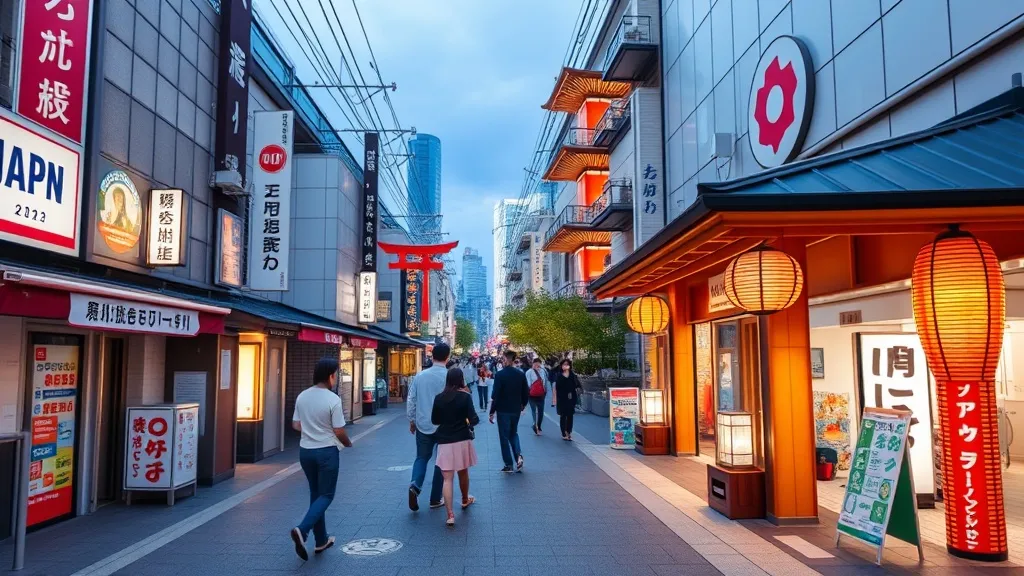Japan Foreigners Insurance 2025
You might agree that navigating health insurance for foreigners in Japan feels like cracking an ancient code. But here’s the thing: once you get the lay of the land, it’s surprisingly straightforward. This guide promises you’ll learn exactly how to secure reliable coverage, from mandatory public schemes to private top-ups and travel plans. You’ll discover enrollment steps, cost breakdowns, and insider tips for expats in 2025.
By the end, you’ll feel confident choosing the right plan—and avoid costly mistakes. One short sentence.
Did you know approximately 970,000 foreign nationals were enrolled in National Health Insurance by March 2024, making up about 4% of all members[4]? That’s huge—and it shows how vital understanding your options is.
Table of Contents
- Understanding Health Insurance for Foreigners in Japan
- Enrollment Requirements and Process for Foreign Residents
- Cost Structure and Benefits of Public Insurance
- Private Health Insurance Options and Their Advantages
- Short-Term Visits: Travel Health Insurance for Foreigners
- Trends and Future of Expat Health Coverage in Japan
- FAQ
Understanding Health Insurance for Foreigners in Japan
Hook: Japan’s universal coverage sounds great, but what does it mean for you?
Context: Whether you’re on a work visa, student permit or spouse visa, the government requires you to enroll in a public scheme—either Social Health Insurance or National Health Insurance (NHI).
Details: Under both plans, you pay about 30% of medical costs out-of-pocket. Premiums for NHI are income-based, whereas SHI contributions come straight from your employer’s payroll. Care quality remains uniformly high—Japan’s life expectancy is 84 years, a testament to robust healthcare outcomes[2].
“Expatriates often underestimate the efficiency of Japan’s public insurance,” says Dr. Sato from Tokyo General Hospital. “Once enrolled, the system works seamlessly.”
Example: As a language teacher on an SHI plan, Anna paid ¥3,000 for a routine check-up—versus ¥10,000 she once paid in her home country.
Actionable Takeaway: Check your visa status immediately after arrival and start your public insurance application within 14 days of moving to your local municipal office.
Enrollment Requirements and Process for Foreign Residents
Hook: Confused by forms in Japanese? You’re not alone.
Context: Enrollment hinges on proof of address, valid visa, and an Alien Registration Card or My Number Card.
How to Enroll:
- Visit your city ward office with passport and visa stamp.
- Fill out the NHI application form (available in English at larger offices).
- Submit proof of income (for NHI premium brackets).
- Receive your insurance card—use it at any clinic or hospital.
Case Study: Michael, an engineer in Yokohama, skipped a week of applications and paid a penalty for late enrollment. Don’t repeat that mistake!
Cost Structure and Benefits of Public Insurance
Hook: Ready to save money on healthcare?
Context: Premiums vary—students might pay ¥10,000/year, while high-income workers can see up to ¥50,000/month.
Detailed Explanation: You’ll cover 30% of the bill, capped differently at hospitals versus clinics. Lab tests, X-rays and prescriptions all get the same co-pay rate. Preventive services like vaccinations often cost less than ¥2,000 out-of-pocket (depending on municipality).
- Income-based NHI premiums
- Employer-paid SHI contributions
- 30% co-payment for most services
- Free annual check-ups in many wards
Pro Tip: Ask whether your city provides free mental health counseling—the benefit exists in several major cities.
Private Health Insurance Options and Their Advantages
Hook: Public plans are solid, but they sometimes leave gaps.
Context: Many expats buy private health insurance for English-speaking services, hospital room upgrades, and full coverage overseas.
Details: Private plans start at around ¥3,000/month for basic top-ups and can reach ¥15,000/month for comprehensive policies including dental and vision. You’ll gain faster appointments, private rooms, and repatriation coverage—vital if you travel frequently.
“A private supplement is peace of mind,” notes Ms. Chen, an HR manager who placed it in her relocation package.
Illustration: With private coverage, Sofia accessed a specialist within 24 hours—versus a 2-week wait under public insurance.
Actionable Takeaway: Compare at least three insurers. Use brokers like Pacific Prime’s quote portal for side-by-side comparisons[1].
Short-Term Visits: Travel Health Insurance for Foreigners
Hook: Visiting for a week? Don’t assume your credit card covers you.
Context: Travel medical plans for visitors cost from around $2.50/day, with recommended minimums of $50,000 emergency medical and $100,000 evacuation[3].
Checklist for Visitors:
- Emergency medical coverage ≥ $50,000
- Medical evacuation ≥ $100,000
- 24/7 multilingual hotline
- COVID-19 and quarantine benefits
Warning: Most travel plans exclude pre-existing conditions. Check fine print.
Trends and Future of Expat Health Coverage in Japan
Hook: What’s next for foreigners’ insurance?
Context: By 2025, Japan plans a Universal Health Coverage Knowledge Hub to share expertise globally[5]. Meanwhile, regulators are tightening oversight to curb misuse among foreign residents.
Insight: Expect more English support in municipal offices and digital enrollment platforms. Telemedicine options are also expanding — a real game-changer for remote workers living off the beaten path.
Actionable Takeaway: Stay informed via embassy newsletters and expat forums—policies can shift quickly.
FAQ
- What is the difference between NHI and SHI?
- NHI is managed by municipalities, with income-based premiums. SHI is through employers, with payroll deductions.
- Can short-term visa holders use public insurance?
- No. Visitors need travel medical insurance or risk full private fees.
- How long does enrollment take?
- Usually 1–2 weeks after application at the ward office.
- Are dental and vision covered?
- Basic check-ups often are; major procedures usually require private add-ons.
- What happens if I underpay premiums?
- You may face back-payments and penalties, so pay on time each month.
Summing up, securing health insurance for foreigners in Japan means enrolling in a public plan, understanding costs, and optionally adding a private supplement for extra coverage. Don’t forget travel insurance if you’re here short-term, and watch emerging trends like telemedicine and streamlined digital enrollment.
Next steps:
- Visit your local ward office to apply for NHI/SHI within 14 days of moving in.
- Compare private plans via a broker for English support and repatriation benefits.
- Buy a travel medical policy if your visa duration is under 90 days.
The bottom line is that good coverage brings peace of mind—an absolute must when you live abroad. Now you’ve got the roadmap. Safe travels and healthy living in Japan!





